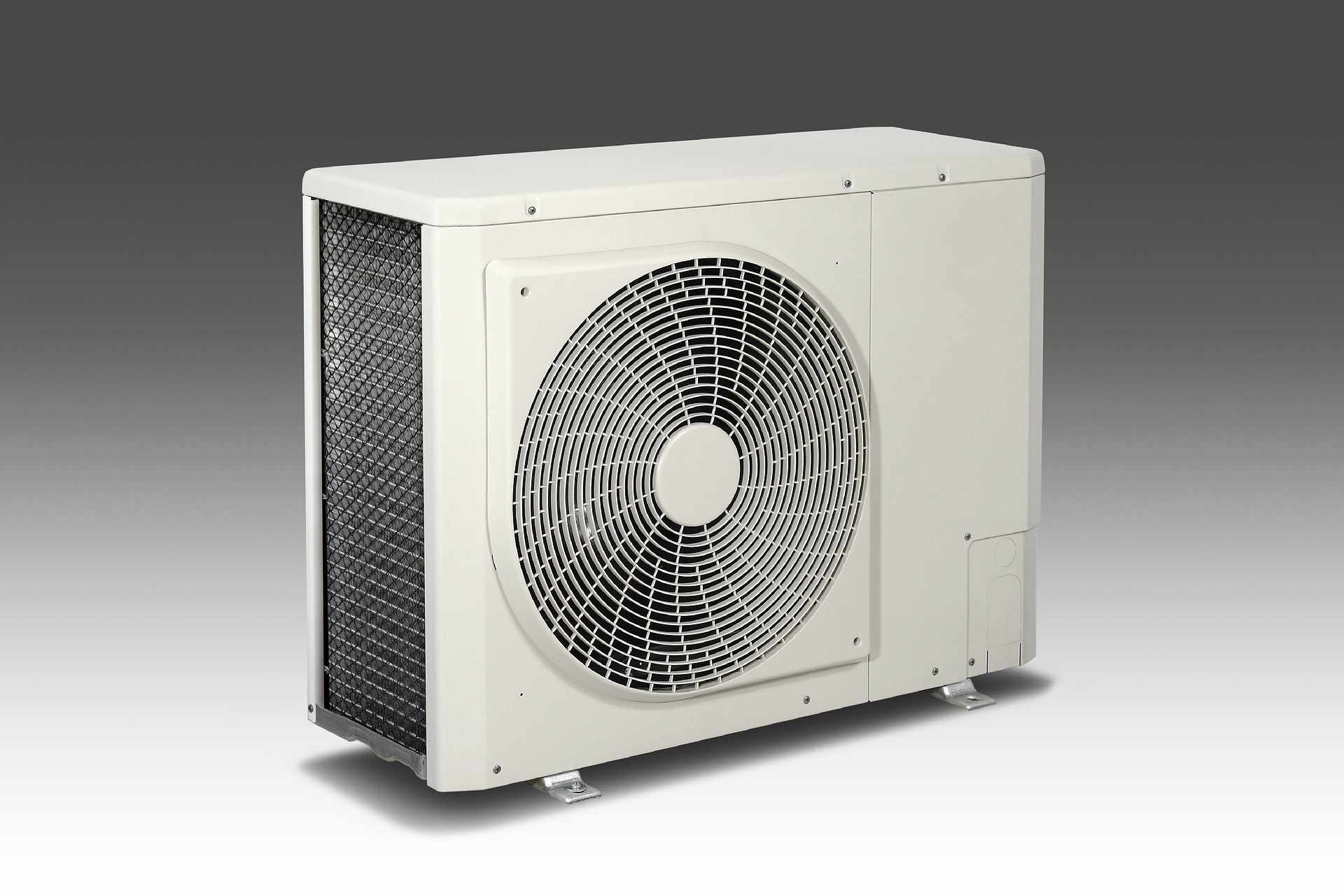HVAC Essentials: A Complete Guide for Homeowners
Learn how your home's HVAC (heating, ventilation, and air conditioning) system keeps you comfortable and healthy. This guide explains core components, routine maintenance, warning signs of trouble, energy-efficiency ratings, and cost considerations. Perfect for new homeowners and anyone planning repairs or upgrades—get practical tips to improve air quality, reduce bills, and extend your system's life.

Key HVAC Components and What They Do
A typical residential HVAC system is made up of several interconnected parts that control temperature, airflow, and indoor air quality. The furnace or heating element provides warmth in cold months, while an air conditioner or heat pump handles cooling. The thermostat is the system’s command center, sensing temperatures and signaling the equipment to run. Ductwork channels conditioned air through each room, and replaceable filters trap dust, pollen, and other airborne particles to protect the system and occupants.
Knowing what each component does helps you troubleshoot problems and decide when to call a pro. For example, weak airflow could come from clogged filters, leaky ducts, or blower motor issues, while uneven temperatures might indicate poor zoning or duct layout rather than a failing furnace.
Routine Maintenance to Keep Systems Reliable
Regular upkeep is the most effective way to preserve efficiency and avoid unexpected breakdowns. Many simple tasks are homeowner-friendly; others require a certified technician. Recommended practices include:
- Replacing or cleaning air filters every 1 to 3 months, depending on use and filter type.
- Dusting and vacuuming air registers and return grilles to prevent blockages.
- Inspecting visible ductwork for obvious gaps or disconnected sections and sealing them with appropriate materials.
- Scheduling professional inspections and tune-ups about twice a year—typically once before the cooling season and once before heating season—to check refrigerant levels, electrical connections, burner function, and overall performance.
Consistent maintenance improves reliability, reduces energy consumption, and lowers the likelihood of costly repairs down the road.
Warning Signs Your HVAC Needs Attention
Watch for these common indicators that it’s time for professional service or deeper troubleshooting:
- Unusual noises such as banging, grinding, or hissing from the unit.
- Rooms that remain noticeably warmer or cooler than others despite thermostat adjustments.
- Excessive indoor humidity or persistent condensation around vents or windows.
- Weak or inconsistent airflow from supply registers.
- Sudden increases in energy bills without a clear cause.
Addressing issues early can prevent component damage and extend the equipment’s usable life.
Understanding Energy Efficiency Ratings
When comparing systems, efficiency ratings help predict operating costs. Cooling equipment is commonly rated by SEER (Seasonal Energy Efficiency Ratio); higher SEER values mean better efficiency and lower electricity use. Heating appliances often use AFUE (Annual Fuel Utilization Efficiency) to measure how effectively fuel is converted to heat. For geothermal and some other systems, you may see EER (Energy Efficiency Ratio) or comparable metrics. Choosing higher-rated equipment typically requires a larger upfront investment but can significantly reduce monthly utility bills over the system’s lifespan.
Comparing System Types and Typical Costs
Below is a quick comparison of common residential HVAC options and their general price ranges and efficiency characteristics.
| System Type | Average Cost Range | Efficiency Rating |
|---|---|---|
| Standard Split System | $3,000–$7,500 | 14–16 SEER |
| Heat Pump System | $4,000–$8,000 | 14–18 SEER |
| Ductless Mini-Split | $3,000–$12,000 | 16–30 SEER |
| Geothermal System | $10,000–$30,000 | 20–30 EER |
Prices, rates, or cost estimates mentioned in this article are based on the latest available information but may change over time. Independent research is advised before making financial decisions.
Choosing the Right System for Your Home
Selecting the best HVAC setup depends on several factors: house size, local climate, existing ductwork, budget, and long-term energy goals. A standard split system may be the most cost-effective for homes with existing ducts, while ductless mini-splits are excellent for additions, older homes without ductwork, or rooms requiring individual temperature control. Heat pumps work well in moderate climates and provide both heating and cooling, and geothermal systems offer exceptional efficiency for properties where installation cost can be justified by long-term savings.
Consult an HVAC professional for a load calculation and tailored recommendations. Proper sizing and installation are critical—an oversized or poorly installed unit can reduce comfort and efficiency.
Smart Features and Technology Trends
HVAC systems continue to evolve with smarter thermostats, zoning solutions, variable-speed compressors, and advanced filtration. Smart thermostats can learn preferences, enable remote control, and optimize operation to cut energy use. Variable-speed components adjust output to match demand more precisely, improving comfort and efficiency. Upgraded filtration and air-cleaning options can also enhance indoor air quality, which is increasingly important for allergy sufferers and households with indoor air concerns.
Final Thoughts: Invest Wisely, Maintain Regularly
An HVAC system is a long-term household investment. While initial purchase and installation costs can be significant, choosing efficient equipment and committing to routine maintenance will pay off in lower energy bills, fewer emergency repairs, and longer system life. Stay alert to warning signs, replace filters regularly, and schedule professional tune-ups twice a year to keep your system running smoothly and reliably.






